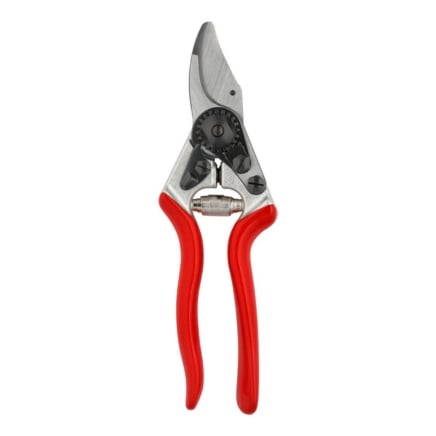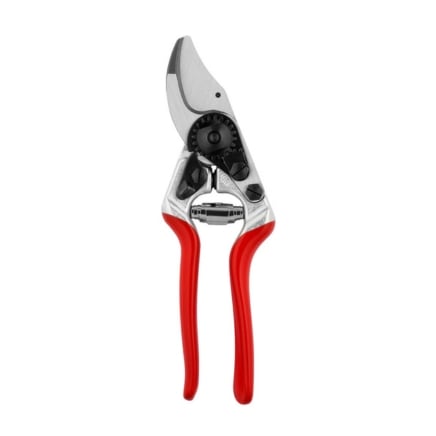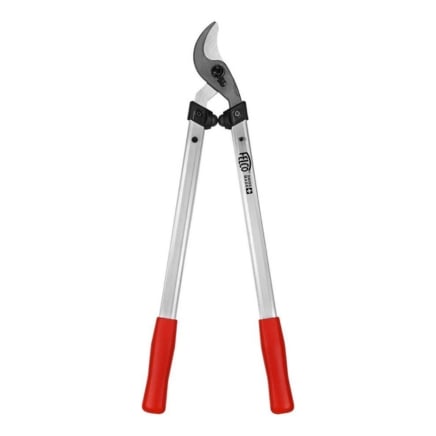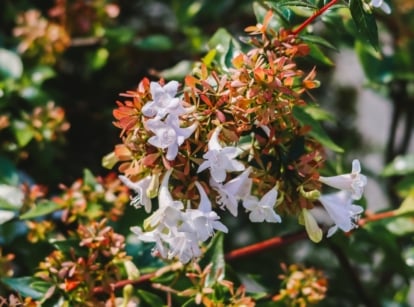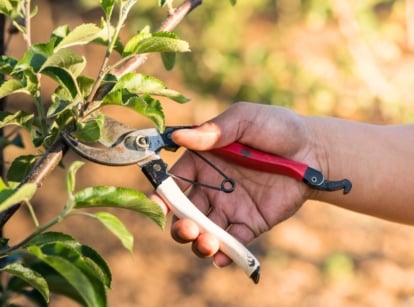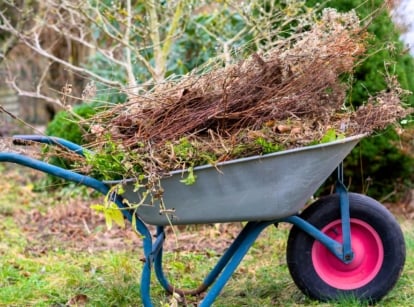15 Plants You Should Prune in April: Tips for Your Zone
April is prime time for pruning! Which plants to cut depends on your growing zone and how warm the climate is. Some are early emergers, while others break buds in late spring. Native plant gardener Jerad Bryant shares 15 best plants to tackle this month.

Contents
The first thing I’ll say is that you don’t have to prune back anything! Many twiggy perennials, like purple coneflowers, black-eyed Susans, and gayfeathers, offer habitat space for overwintering bees, fireflies, and other beneficial insects. If you prune them early in April, you may cut overwintering insects in half! It’s best to leave them alone until May.
Other species, like fruit trees, benefit from pruning before their buds open. Late April may be too late, though this month is ideal for pruning fruit trees in many zones across the U.S. Flowering trees and shrubs are different; you’ll want to prune most of them after their blooms fade.
When buds open and flowers fade varies across the country according to hardiness zones. While April is too soon to prune in zone 1, it’s ideal for zones 2 through 11. Zones 12 and 13 contain many evergreen, tropical, and desert species because of the warm weather. Prune them as needed to maintain their shape or structure.
Without further ado, here are 15 plants you should prune in April, with guidelines for individual regions.
Lavender

|
|
botanical name Lavandula spp. |
|---|---|
|
|
sun requirements Full sun |
|
|
height 1-3’ |
|
|
hardiness zones 5-9 |
Lavender thrives in many gardens across the U.S. This Mediterranean native shrub prefers long, warm summers and mild winters. It’s evergreen, holding onto its foliage throughout the winter.
Because of its evergreen and woody nature, lavender appreciates annual pruning before new growth occurs. Cut your plants back by one-third to one-half in early spring before new leaves emerge. Only cut into green upper portions with leaves, as woody branches won’t sprout new shoots.
Grape

|
|
botanical name Vitis spp. |
|---|---|
|
|
sun requirements Full sun |
|
|
height 5-30’ |
|
|
hardiness zones 4-10 |
Gardeners grow grapes for two reasons: for shade or grapes. Some gardeners grow them for both reasons! Prune ornamental grapevines only as needed to maintain their shape.
For fruit production, begin making cuts before the buds swell from late winter through early spring. For most growers, this occurs from March through April. Zone 6 gardeners may want to wait until late April to see if their vines have possible frost damage before making pruning decisions.
Chaste Tree

|
|
botanical name Vitex agnus-castus |
|---|---|
|
|
sun requirements Full sun |
|
|
height 8-20’ |
|
|
hardiness zones 7-8 |
Temperate climate gardeners enjoy the lovely, light blue blossoms of chaste trees. These plants grow into large shrubs or small trees. Some pruning may be necessary to encourage them into the shapes you desire.
Chaste trees flower on new wood, so it’s safe to shape them during spring. You won’t harm their future blooms!
There are two main types of shapes for chaste trees: multi-stem and single-stem. Let three to five branches grow from the base for a multi-stem shape, and prune any remaining limbs. Let the main trunk thicken and prune all other branches sprouting low on the plant for a single-stem structure.
If you have a smaller tree and want to ensure it doesn’t invade your local natural areas, you can prune the flowers off as soon as they are done blooming.
Ohio Buckeye

|
|
botanical name Aesculus glabra |
|---|---|
|
|
sun requirements Full sun to partial shade |
|
|
height 20-40’ |
|
|
hardiness zones 3-7 |
The Ohio buckeye is a native tree that grows throughout the southern U.S. It’s a flowering shade tree, offering both blooms and shade during the growing season.
This native tree benefits from “limbing up,” where you prune off the lower branches around April or May to create an ideal tree shape. While removing the lower limbs, remove dead, diseased, and long branches that are at risk of snapping.
Madrone

|
|
botanical name Arbutus menziesii |
|---|---|
|
|
sun requirements Full sun |
|
|
height 30-65’ |
|
|
hardiness zones 5-8 |
Madrones grow all along the West Coast, from California north through British Columbia. They’re highly ornamental species, sprouting peeling brown bark and lush, glossy green leaves.
Like the Ohio buckeye, this native species benefits from limbing up. It helps make the peeling bark more visible. Remove dead, diseased, or damaged limbs to keep your garden specimen healthy and looking its best.
Butterfly Bush

|
|
botanical name Buddleja davidii |
|---|---|
|
|
sun requirements Full sun |
|
|
height 5-12’ |
|
|
hardiness zones 5-9 |
The butterfly bush is a boon to butterflies but is not always recommended. The deciduous, woody shrub grows long flower panicles that attract adult butterflies with sweet nectar.
Varieties and hybrids of the species Buddleja davidii benefit from spring pruning because they bloom on new wood. The plants also rebound well from hard cuts—prune yours to within a foot of the ground to rejuvenate the shrubs in April.
Though gorgeous, butterfly bushes are invasive in many states, and butterflies’ caterpillars can’t eat their leaves. Consider planting native alternatives like milkweed to help local butterflies.
Beautyberry
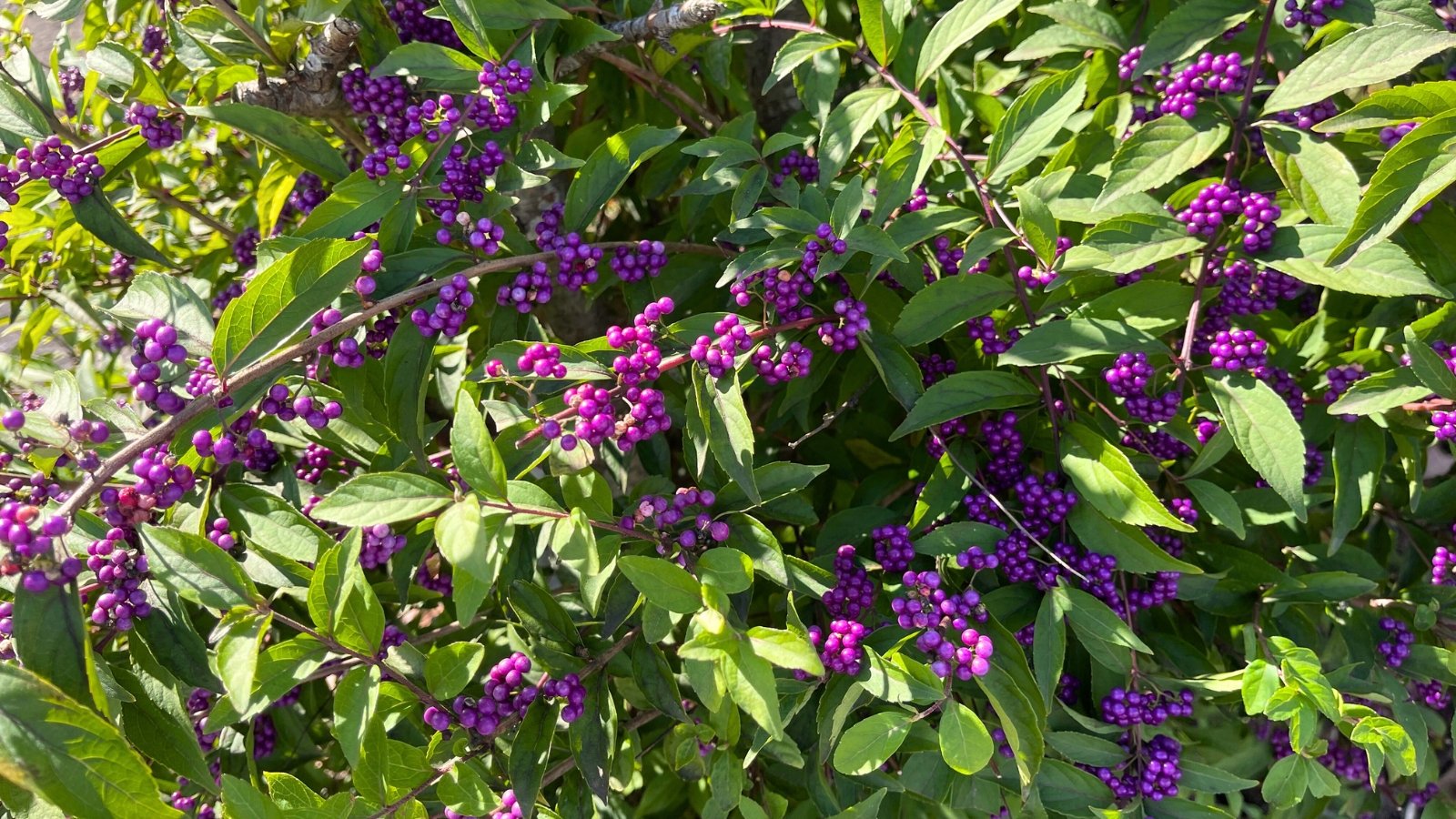
|
|
botanical name Callicarpa spp. |
|---|---|
|
|
sun requirements Full sun to partial shade |
|
|
height 2-8’ |
|
|
hardiness zones 5-10 |
Beautyberries are aptly named for their bright purple fruits that form in late summer. They’re deciduous and woody shrubs that thrive in gardens. They also provide for local wildlife; their flowers feed pollinators, their branches offer a habitat for small creatures, and their berries feed birds.
Like chaste trees, beautyberries bloom on new growth that emerges in spring. Prune these plants back to within a foot of the ground every few years around April to prevent them from becoming overgrown with unruly growth.
Smooth Hydrangea

|
|
botanical name Hydrangea arborescens |
|---|---|
|
|
sun requirements Full sun to partial shade |
|
|
height 3-5’ |
|
|
hardiness zones 3-9 |
Two types of hydrangea plants benefit from April pruning, while other species prefer cuts after they finish blooming. Smooth hydrangea is the first type. Some varieties have dense puffball-like blooms with sterile flowers, while others have flat clusters with both sterile and fertile flowers.
Smooth hydrangeas produce flowers on new wood that emerges early during the growing season. Cut the branches back before the buds open to encourage a neat shape with prolific blooms.
Panicle Hydrangea

|
|
botanical name Hydrangea paniculata |
|---|---|
|
|
sun requirements Full sun to partial shade |
|
|
height 8-25’ |
|
|
hardiness zones 3-8 |
Panicle hydrangeas are the second type of hydrangea that appreciates an April pruning session. These types sprout triangular panicles full of blossoms; they’re some of the showiest hydrangeas available!
You have two options for panicle hydrangeas: big flowers or many small flowers. For large blossom clusters, thin the branches so 10 to 15 remain. Cut each branch to within a foot of the ground if you’d like many small clusters instead.
Forsythia

|
|
botanical name Forsythia x intermedia |
|---|---|
|
|
sun requirements Full sun to partial shade |
|
|
height 8-10’ |
|
|
hardiness zones 5-8 |
Forsythias are some of the earliest blooming shrubs in winter! They sprout golden yellow blossoms along their naked stems around the same time that hellebores emerge from the ground.
Because forsythias bloom off of old wood, it’s best to prune them after they finish flowering. This occurs this month in most zones, though it may be later for growers in zones 5 and 6.
Camellia

|
|
botanical name Camellia spp. |
|---|---|
|
|
sun requirements Partial to full shade |
|
|
height 6-20’ |
|
|
hardiness zones 6-10 |
Camellias fill gardens with their rose-like blossoms and glossy forest-green leaves. Green tea comes from the leaves of a camellia species! In the garden, camellias are best for shady locations where they can grow tall and wide.
Because they tend to sprout many branches in dense clusters, they need little pruning. Remove crisscrossing or dead growth, and remove any top growth to limit their height if necessary.
Shrubby Cinquefoil

|
|
botanical name Dasiphora fruticosa |
|---|---|
|
|
sun requirements Full sun to partial shade |
|
|
height 1-3’ |
|
|
hardiness zones 2-7 |
Shrubby cinquefoil is an old garden favorite with showy, sunshine-yellow flowers. They’re small and numerous, covering the shrubs with pops of yellow.
These shrubs tend to grow unruly without regular pruning. If it’s been a few years since you’ve cut yours, and they’re healthy, you may cut them down to the ground. Otherwise, keep them tidy with a uniform shearing of the branch tips.
Fraser’s Photinia

|
|
botanical name Photinia x fraseri |
|---|---|
|
|
sun requirements Full sun to partial shade |
|
|
height 10-20’ |
|
|
hardiness zones 7-9 |
Photinias are ideal hedge material, though they also work well in specimen plantings. Fraser’s photinia sprouts bright red new leaves that contrast well with the old green ones underneath. Though the leaves are pretty, the flowers smell horrendous to many gardeners.
Like butterfly bushes, photinias tolerate drastic cuts. Prune to reduce the whole plant size this April, as now is the best time to shorten photinia hedges if they’re too tall. Stop all pruning by summer so the plants survive the winter without injury.
Ginkgo

|
|
botanical name Ginkgo biloba |
|---|---|
|
|
sun requirements Full sun |
|
|
height 50-80’ |
|
|
hardiness zones 3-9 |
These age-old trees have been alive since the dinosaurs roamed the Earth! Though they resemble deciduous flowering trees, they’re more closely related to coniferous species like pines and spruces.
Young ginkgos tend to grow straight up without many lower limbs. Snip their tips before the buds open to encourage low branching. Otherwise, let them fill the space with fan-shaped leaves and light gray bark.
Flowering Cherry

|
|
botanical name Prunus serrulata |
|---|---|
|
|
sun requirements Full sun to partial shade |
|
|
height 15-25’ |
|
|
hardiness zones 5-8 |
Flowering cherries offer spectacular blooms in early spring before many plants emerge from winter dormancy. There are dozens of varieties available, though my favorite is ‘Kanzan.’ It sprouts double-petaled pink blossoms throughout its branches, creating a pink tree!
Wait until the blooms disappear, then begin hacking away at dead, damaged, or diseased wood. Remove cankers, galls, and any other unsightly growth.

